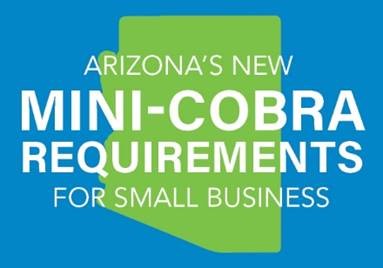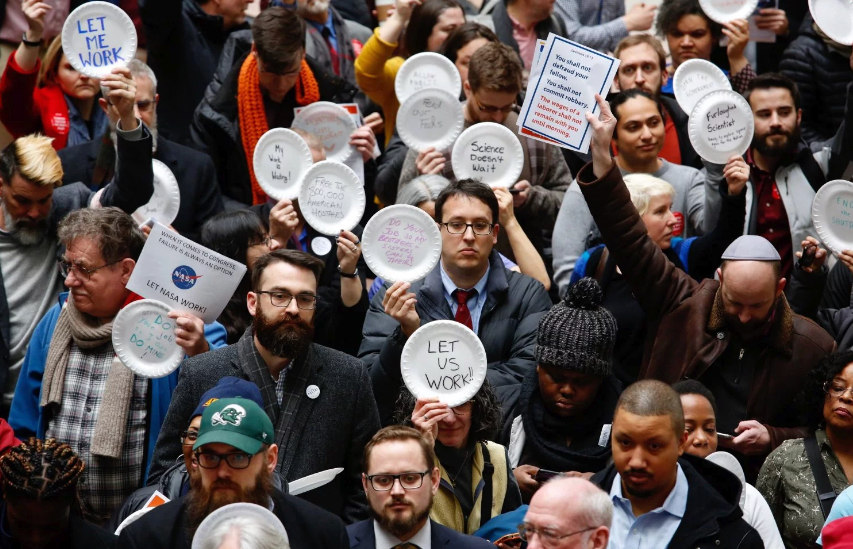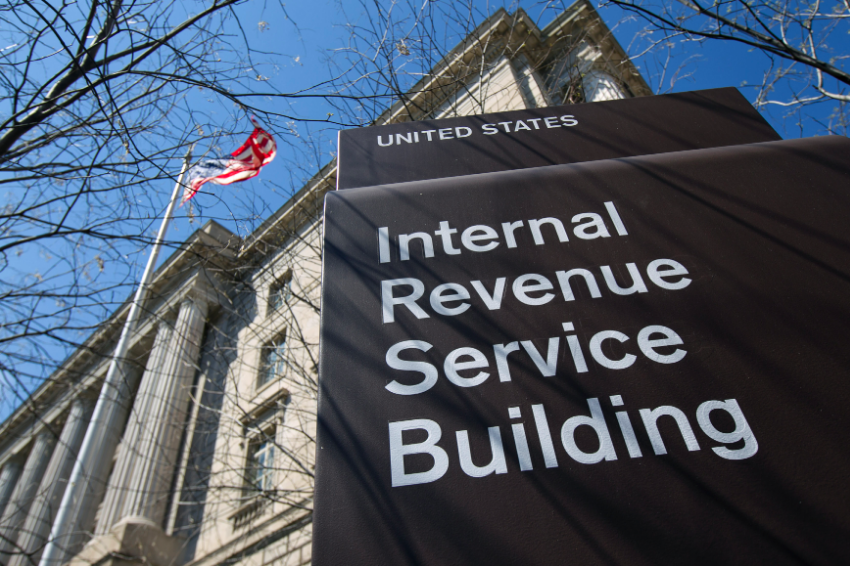At the start of this calendar year, Arizona became the latest state to adopt a mini-COBRA law, which impacts small employers. The new law specifically applies to employer-sponsored medical plans issued or renewed on or after January 1, 2019. (Employers with plans that were issued or renewed prior to this date have a little more time to comply with the law.)
The law requires small employers – those that offer group health plans, including medical, dental and vision - to offer continuation coverage to eligible employees and qualified dependents who experience Qualifying Events that would typically result in a loss of coverage.
These events include such things as loss of employment (for reasons other than gross misconduct), divorce or separation from the covered employee, or death of the covered employee.
Employers impacted by this new legislation are those that have fewer than 20 employees for more than fifty percent of its typical business days during the prior calendar year.
Although the new mini-COBRA continuation coverage requirements are very similar to the Federal COBRA requirements that apply to larger employers, there are some key differences. We invite you to download our side-by-side comparison of COBRA and Arizona’s Mini-COBRA of how these requirements compare with one another.



